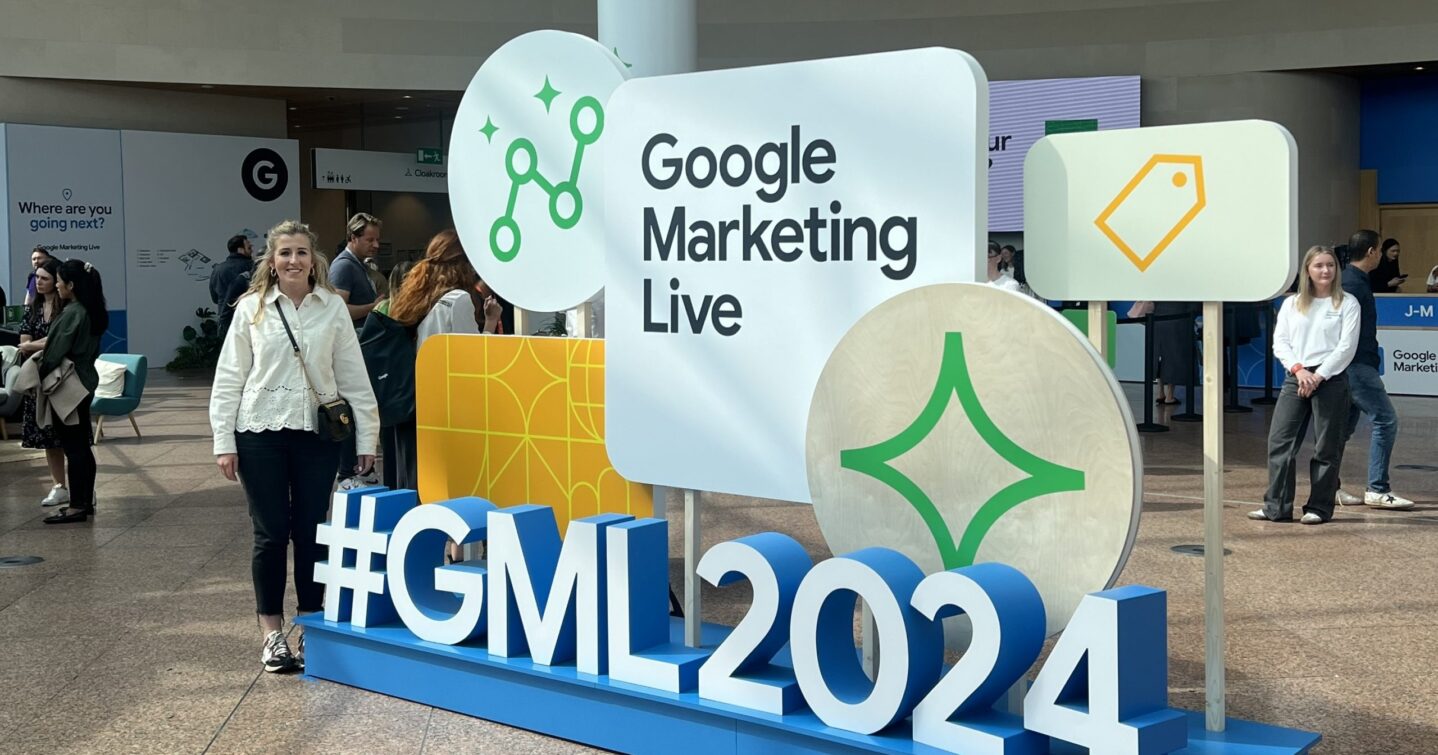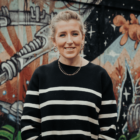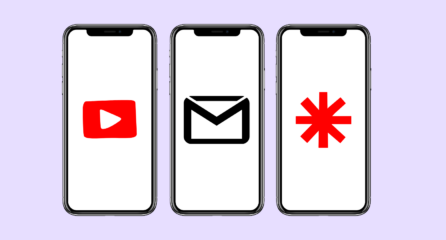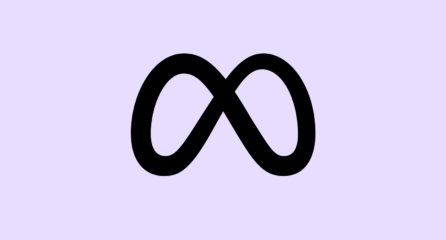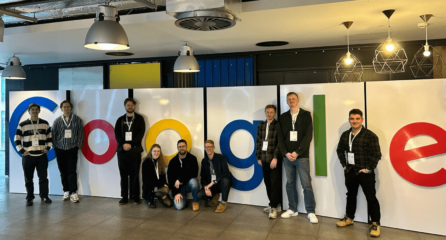Each year Google hosts its Marketing Live conference. This is a future-looking event where Google announces what’s next for advertisers. Both in-house and agency advertisers take part in a variety of keynotes, round tables and thought-starter sessions, alongside key Googlers who are responsible for the development and success of the advertising platform.
This year I, Karen Pearce, headed to Dublin with Wez Cogan (who heads up our Paid Media pod) for the two-day conference. Below, we’ve summarised five of our key takeaways.
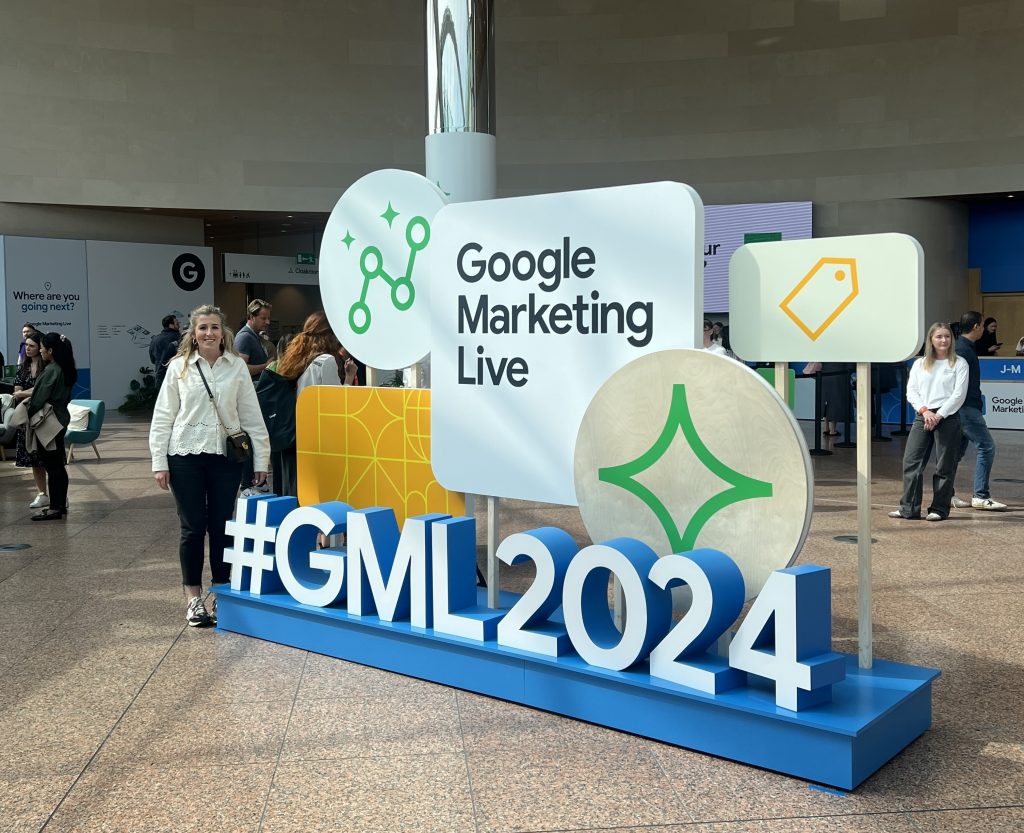
Watch the full keynote talk from Google here
And read the full round up of announcements here.
AI is changing the face of the SERPs
Google sees itself as a matchmaker between consumers and businesses. But it doesn’t see itself as a traffic source. The direction of travel is away from websites, and Google wants to give users quick answers without having to leave its interface. This leads to the introduction of ‘AI overview’, a new section in the search engine results pages (SERPs) which seems to be baked into Google’s plans, but there is hesitation around rolling it out in EMEA SERPs due to legal restrictions.
This section provides an AI-generated answer to the user’s search query, collating information from indexed websites. This is a very user-focused feature, but there is almost no benefit of this change to businesses from an SEO perspective, who are likely to see clicks to their sites decrease. There is talk of incorporating shopping ads into the AI overview further down the line, which would give advertisers the chance to drive sales from more informational search queries.
In addition to this, Google also seems to be moving towards a more conversational style of search and advertising, where AI prompts take a more immersive form. Conversational experience in Google Ads uses AI to help advertisers to create a new campaign. Google also showed demos of using conversational search, which acted like an assistant, processing information via the camera and answering questions on it.
What’s next for Performance Max?
Performance Max is a relatively new type of campaign in Google ads, which unites all Google’s channels (such as display, YouTube, search and Gmail) to achieve a chosen goal. Performance Max was very much a talking point of the day as Google announced what’s coming up in the near future:
- Profit optimisation features – optimise for profit and switch between revenue and profit goals seamlessly.
- Creative controls and visual AI tools – including product image editing and varied sizes.
- Asset reporting is now available.
- New shopping ad formats via Product Studio – transforming a single image into style-aligned assets and videos.
Read more about Performance Max in our guide.
Measurement & Reporting
With a backdrop of industry-defining measurement changes, Google announced a number of products in the pipeline that will help marketers and businesses to better uncover insights when using Google Ads or GA4:
- The transition from cookie-based tracking to advanced modelling is happening – Meridian, Google’s Marketing Mix Modelling (MMM) framework will launch later this year.
- AI-generated insights and reports are in the pipeline – easy-to-access, AI-generated insights and visual reports are coming to Google Ads and to GA4.
- Google is looking to improve cross-channel insights in GA4 – later this year they will roll out a new, simpler way of integrating non-Google campaign data into GA4.
Driving more action through YouTube ads
YouTube was a key point in the conference, with Google pushing it as a channel to drive reach and customer engagement. Several changes to YouTube Shorts were announced in a bid to help advertisers drive customer action. These included:
- Clickable product stickers and feed integration in YouTube Shorts ads.
- Swipe left on shorts to navigate directly to landing pages.
- AI-generated animated ads using product images from feeds.
- Promote creator videos featuring your products for enhanced engagement.
Multimodal & visual search
Search continues its journey towards a more multimodal and visual search, and Google is responding by offering some neat new ways for advertisers to appear:
- In the coming months, shopping ads will be shown when users are searching via Google Lens or Circle to Search
- Interactive ad experiences will enable users to unlock a more tailored search result, by using images to prompt more relevant results
Google is also keen on helping advertisers respond to an increased demand for a more visual online experience through the introduction of new tools such as Product Studio. Product Studio is a suite of AI-powered tools that allows advertisers to generate adverts at scale. Advertisers can upload product images and generate scenes, increase image resolution or edit backgrounds.
In addition, there are new features in Google Ads to enable advertisers to edit images to help with ad performance – such as removing objects and extending backgrounds.
Loom Digital are a Google Premier Partner
As a Premier Partner, you can depend on Loom to manage your paid media. Find out how our Paid Media team can help you achieve your goals by dropping us a line at [email protected], calling 0117 923 2021, or filling out the enquiry form here.
